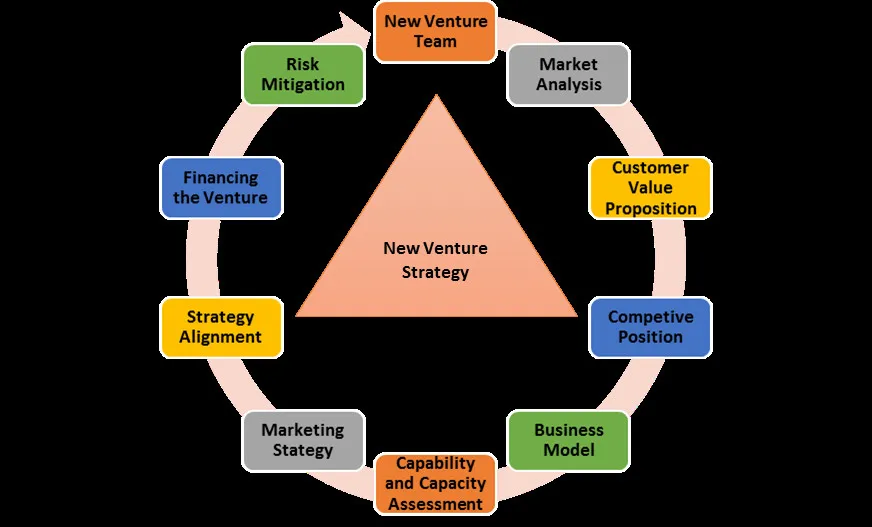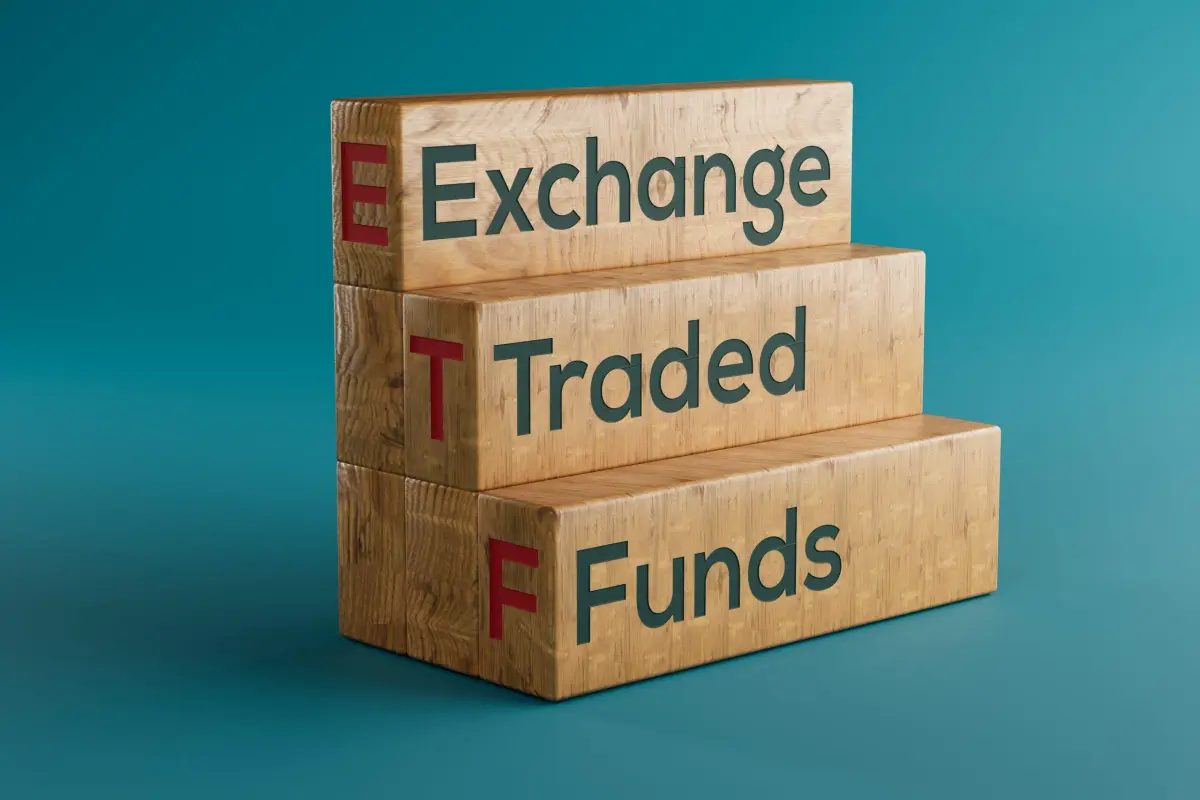
How to Invest in Morgan Stanley Energy Mutual Fund: A Complete Guide for Smart Investors
The energy division is experiencing a enormous change, with expanding request for clean, economical control and innovative development. Contributing in a Morgan Stanley Vitality Common Finance offers an opportunity to be portion of this advancing space. Whether you're a unused speculator or a prepared one looking to differentiate, understanding how to contribute in this finance is key.
This direct will walk through the steps, benefits, dangers, and techniques to offer assistance you make educated choices. Let's investigate how the Morgan Stanley Vitality Common Support works and how you can make it a portion of your portfolio.
What is the Morgan Stanley Energy Mutual Fund?
A Sector-Focused Venture Option
The Morgan Stanley Vitality Common Support is a sector-specific shared support outlined to contribute essentially in energy-related companies. This incorporates conventional oil and gas enterprises as well as renewable vitality providers.
Key Features:
- Focus on vitality and energy-related industries
- Exposure to both residential and worldwide markets
- Potential for long-term capital appreciation
Investment Objective
The essential objective of this support is long-term development of capital. By centering on companies in oil, gas, control, and elective vitality, the finance points to advantage from cost developments and sectoral growth.
Read More: Stock Price of Intel Remains the Same After the Chipmaker Climbs
Why Contribute in an Vitality Common Fund?
Strong Long-Term Development Potential
With rising worldwide vitality requests, particularly in creating markets like India and China, the vitality division is balanced for economical development. Ventures in cleaner vitality and framework make energizing openings for investors.
Hedge Against Inflation
Energy speculations frequently act as a support against expansion. When swelling rises, vitality costs regularly go up, making a difference vitality stocks and stores perform better.
Portfolio Diversification
Sector reserves like this one offer assistance financial specialists expand their portfolio, adjusting out chance in other resource classes such as tech or genuine estate.
Steps to Contribute in Morgan Stanley Vitality Common Fund
Step 1: Get it Your Monetary Goals
Before plunging in, characterize your goals:
- Are you contributing for long-term capital growth?
- Is your hazard resistance direct to high?
- Are you comfortable with sector-specific volatility?
Step 2: Select the Right Venture Platform
You can contribute in the Morgan Stanley Vitality Shared Support through:
- Morgan Stanley's official website
- Registered speculation advisors
- Mutual finance aggregators like Groww, Zerodha, or Paytm Money
- Bank entrances advertising shared finance services
Step 3: KYC Compliance

Ensure your KYC (Know Your Client) documentation is total. This is required for all common support ventures in India and globally.
Documents Needed:
- PAN Card
- Aadhaar Card or Address Proof
- Bank account details
- Passport-size photo (for offline mode)
Step 4: Select Venture Mode
You can contribute in two ways:
- Lump Entirety: A one-time investment
- SIP (Efficient Speculation Arrange): Customary month to month or quarterly contributions
- SIPs are perfect for rupee taken a toll averaging and taught investing.
Step 5: Screen and Review
After contributing, track the fund’s:
- NAV (Net Resource Value)
- Annual returns
- Fund director commentary
- Sector execution trends
Use stages like Morningstar, Moneycontrol, or ET Cash to screen support performance.
Benefits of Contributing in Morgan Stanley Vitality Common Fund
Professional Management
The finance is overseen by experienced support directors with profound information of the vitality advertise. Their ability makes a difference in making data-backed venture decisions.
Global Exposure
Some Morgan Stanley stores give presentation to universal vitality monsters, giving financial specialists get to to worldwide advertise performance.
Thematic Venture Strategy

This finance takes after a topical speculation approach, wagering on vitality request, advancement in clean vitality, and geopolitical movements.
Risk Components to Consider
Sector-Specific Volatility
Energy costs are impacted by:
- Geopolitical tensions
- Oil cost shocks
- Regulatory changes
- This can lead to tall cost volatility.
Market Risk
Being a shared finance, returns are not ensured and depend on showcase execution. Timing and worldwide occasions can essentially affect returns.
Currency and Intrigued Rate Risk
If the finance contributes in outside resources, trade rate vacillations can influence execution. Essentially, rising intrigued rates may harmed vitality stock valuations.
Taxation on Vitality Shared Support Investments
Short-Term Capital Picks up (STCG)
If you recover your shared finance units inside 1 year, STCG charge of 15% applies.
Long-Term Capital Picks up (LTCG)
For units held past 1 year, LTCG assess of 10% applies on picks up surpassing ₹1 lakh.
Dividend Taxation
Dividends gotten from common stores are assessable in the hands of financial specialists as per their pertinent pay charge slab.
Morgan Stanley Fund Performance Overview
While past performance doesn’t guarantee future returns, here are general trends:
| Year | Annual Return (%) |
|---|---|
| 2022 | +18.5% |
| 2023 | +12.7% |
| 2024 | +15.9% |
Expert Tips for Savvy Investing
Invest with a Long-Term Horizon
Energy speculations take time to develop. A 3–5-year venture window is perfect for ideal returns.
Don't Depend on One Segment Alone
While the vitality division looks promising, combine it with other differentiated common stores for adjusted growth.
Stay Educated on Worldwide Vitality Trends
Track:
- OPEC announcements
- U.S. shale oil output
- Renewable vitality innovations
- Government vitality policies
These components can incredibly impact support performance.
Alternatives to Morgan Stanley Vitality Shared Fund
- Other Vitality Shared Funds
- Fidelity Select Vitality Portfolio
- Vanguard Vitality Fund
- ICICI Prudential Commodities Support (for Indian investors)
ETFs (Trade Exchanged Funds)

If you favor market-linked alternatives with liquidity, vitality ETFs like XLE (Vitality Select Segment SPDR Support) are practical alternatives.
Conclusion: Begin Savvy with Morgan Stanley Vitality Shared Fund
Investing in the Morgan Stanley Vitality Shared Finance can be a shrewd move for those who need to pick up presentation to a energetic and basic division. By understanding the fund’s objectives, dangers, and speculation prepare, financial specialists can adjust their vitality support speculation with their broader monetary goals.
FAQs Around Contributing in Morgan Stanley Vitality Common Fund
Q1: Is this finance reasonable for beginners?
Yes, but as it were if the financial specialist gets it sectoral dangers and is contributing with a long-term view.
Q2: How much ought to I invest?
There’s no one-size-fits-all. A secure begin seem be 5–10% of your add up to portfolio, depending on your hazard profile.
Q3: Can I contribute in this finance from India?
Yes. If the support is accessible through universal finance stages, or through feeder reserves advertised by Indian AMCs, you can contribute.


